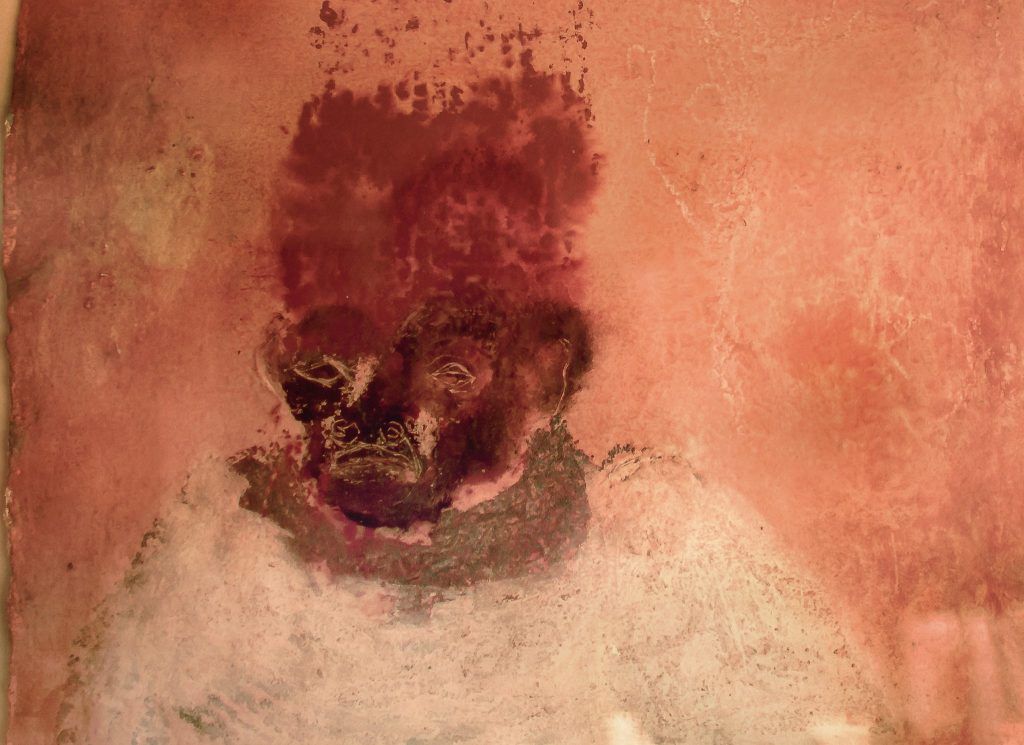Japan’s investments in Africa are rising fast. No longer can the Japanese avoid spending large sums on new ports, railways, and roads on the world’s second largest continent. They are competing with the Chinese, who have moved aggressively in the last 15 years across the Indian Ocean to Africa.
Last week Japan’s Prime Minister Shinzo Abe travelled to eastern Africa to stage the Tokyo International Conference on African Development. The meeting on August 28 was the sixth installment of the ambitious forum, which was launched in 1993 and is held every three years. The latest meeting was the first to be held in Africa itself.
In Nairobi, the capital of Kenya, Prime Minister Abe pledged $30 billion to African nations, including $10 billion for infrastructure, during the next three years. The Japanese leader, accompanied by 20 Japanese businessmen, also agreed to provide training for Africans in technology.

Upgrading Health Care for Children in Africa Is Critical
China’s Investments in Africa Are Much Greater than Japan’s
Japan was Asia’s largest source of foreign direct investment in Africa until 2000, when China started pouring in money. Since then, the contest has not been close.
As of 2014, Japan’s cumulative foreign direct investment in Africa was $10.5 billion; China’s was $31.5 billion. In 2015, Japan recorded a total direct investment in Africa of $1.24 billion; while in April of 2015 by itself, China recorded an investment in Equatorial Guinea of $2 billion. The prize was oil in the tiny nation, impoverished and under-populated, next to Cameroon on Africa’s west coast.
While Japan accounts for 1 percent of the world’s trade with Africa, or $24 billion, China is responsible for 14 percent, or $220 billion.
But now the Japanese, economically vulnerable despite their wealth, are focusing on Africa, which is rich in oil, metals, and minerals. Also it’s a growing market for cars, generators, and power plants, Japan’s specialties.

Upgrading Roads in Africa Is Critical
Kenya and Mozambique
In 2016, Japanese government and business leaders are promising to fund 60 infrastructure projects while focusing on two nations on Africa’s east coast, Kenya and Mozambique. They are pledging to spend $500 million to modernize the port in Mombasa, Kenya, and $255 million to upgrade the port in Nacala, Mozambique.
Already, the Mombasa port is the second largest on the African continent. The total volume of cargo now reaches 30 million tons, of which 25 million are imports and 5 million are exports. In comparison, the Nacala port is small, processing less than 5 million tons of cargo per year. However, Nacala has the deepest port in southern Africa, allowing it to accommodate new, larger ships from Asia.
Analysts predict the volume of cargo traffic at the Mombasa port will rise to 75 million tons by 2035; and at the Nacala port to 50 million tons by 2030.

Upgrading Education in Africa Is Critical
Port Mombasa and Port Nacala
The Mombasa port is a gateway to at least five nations in eastern Africa and 250 million people. More than 30 shipping lines connected to almost 100 cities worldwide serve the people of Kenya, Uganda, South Sudan, Congo, Rwanda, Tanzania, and Burundi. Uganda is the destination for 77 percent of all imports arriving at the Mombasa port.
The Nacala port, further to the south, is a gateway to 45 million people in Mozambique, Malawi, and Zambia. Its latest improvement is a $4.4-billion terminal and railway, operated by a consortium of multinational corporations. In 2016, the consortium will transport a total of 13 billion tons of coal from the nearby Moatize mine in the coal-rich Tete province to the Nacala port.

Upgrading Agriculture in Africa Is Critical
Oil in Mombasa, Gas in Nacala
Analysts believe that eastern Africa will rival the Arabian peninsula and become the world’s newest oil and gas hub. They point to the rich potential of three nations: Kenya, Mozambique, and Tanzania.
In Kenya, where recent discoveries now bring the total number of oil reserves to 766 million barrels, the Japanese are bidding on a contract to build a new oil terminal at the Mombasa port. Although Japanese firms are not part of the groups developing the infrastructure for Kenya’s oil production, they want to play a central role in the country’s oil storage.
At the Mombasa port, the existing oil terminal is the storage site for more than 90 percent of Kenya’s fuel imports and exports; the new terminal would increase the country’s storage capacity by 400 percent.
In Mozambique, where recent discoveries of 100 to 180 trillion cubic feet of natural gas sit offshore, executives at Mitsui Corporation in Japan plan to build a plant for liquefying natural gas close to the Nacala port. They want to produce 50 million tons of liquefied natural gas per year at a plant in Cabo Delgado province and then ship it from Nacala to Japan.

Japan’s Investments Include Funds for Public Works
Copper from Nacala
But at the Nacala port, the Japanese also want to ship large volumes of African metals back home to processing and manufacturing facilities in Japan.
Zambia and Congo are the sources of some of the best copper in the world. Its quality is five times higher than the global average for other copper deposits on other continents. The Copperbelt province in Zambia produces 675,000 metric tons of copper each year; the Katanga province in Congo produces 580,000 metric tons of copper per year.
Since neither the Copperbelt province in Zambia nor the Katanga province in Congo is close to the ocean, transfer of the ore from the copper mines to a port is critical. Today, the copper ore travels in trucks on winding roads through rain forests to reach the port in Durban, South Africa, or it goes on similarly winding roads to the port in Dar es Salaam, Tanzania. Either way the route is long, and the costs are high.
For the expanded port at Nacala, the Japanese are proposing new roads and new railways and more cost-effective overland routes from the copper mines in Zambia and Congo.

Japan’s Investments Include Funds for Combating Infectious Diseases
Trade Imbalances
At African ports, it’s easy to see the imbalance in trade volumes by comparing imports with exports. At the Mombasa port, analysts calculate that while imports will rise from 24 million tons in 2015 to 68 million tons in the next 20 years, exports will rise from only 2.8 million tons to 5.3 million tons.
The imbalance in trade volumes for petroleum products is especially disconcerting to officials across eastern Africa. In Kenya, officials import more barrels of petroleum products than they export barrels of crude oil, by a very large factor.
But the leaders of African nations believe they can reduce their dependence on imports if they can increase investments in infrastructure and if they can start producing more consumer products for themselves. At the Mombasa port, Kenyan officials are spending $1 billion of their own money to increase the size of the port and to improve the conditions of the roads leading to it. Finally, African leaders will have to increase exports relative to imports once they have improved infrastructure in their countries.
A large trade imbalance is one factor creating downward pressure on a nation’s currency. In Uganda, for example, officials have announced they will borrow $200 million from the Eastern and Southern African Trade and Development Bank, known as PTA Bank, in an attempt to stabilize Uganda’s currency, the shilling. It has registered the region’s worst rate of depreciation against the dollar. Kenya also uses the shilling.




